2022-08-31
On July 22nd, we launched the new product platform - M-series - for Sizector? 3D Camera. Within a month of its release, we have promoted the new product offline in various exhibitions, seminars, and forums to industry users and partners. The M-series has lived up to expectations, attracting high attention with its compact and eye-catching appearance, outstanding performance, and excellent value for money.
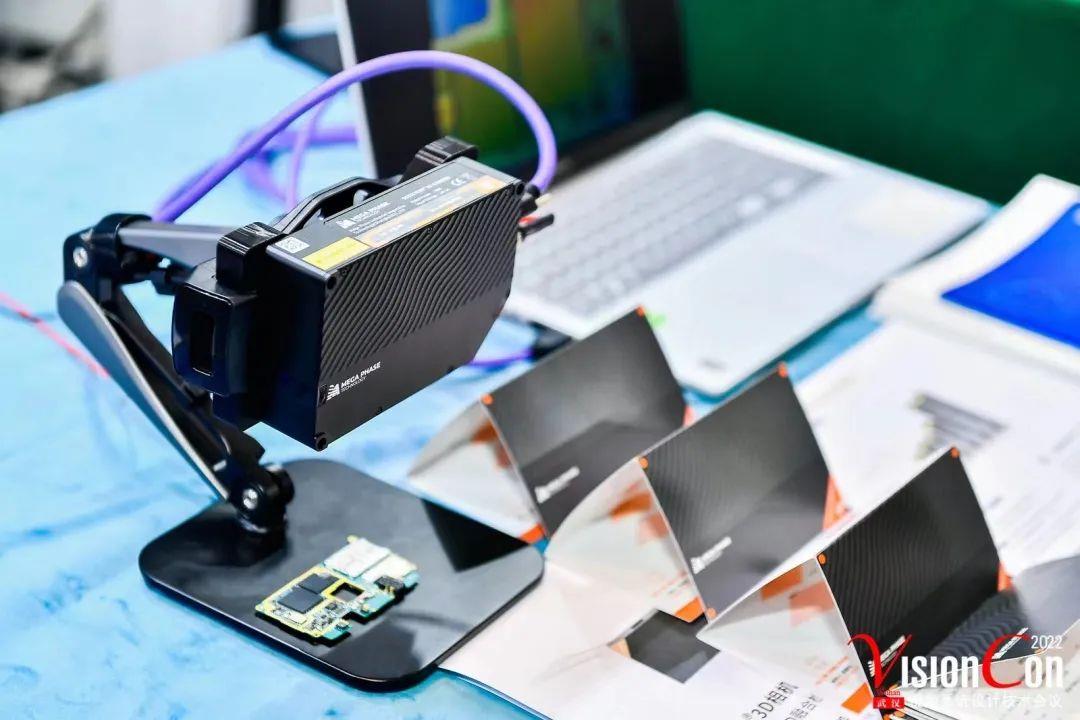
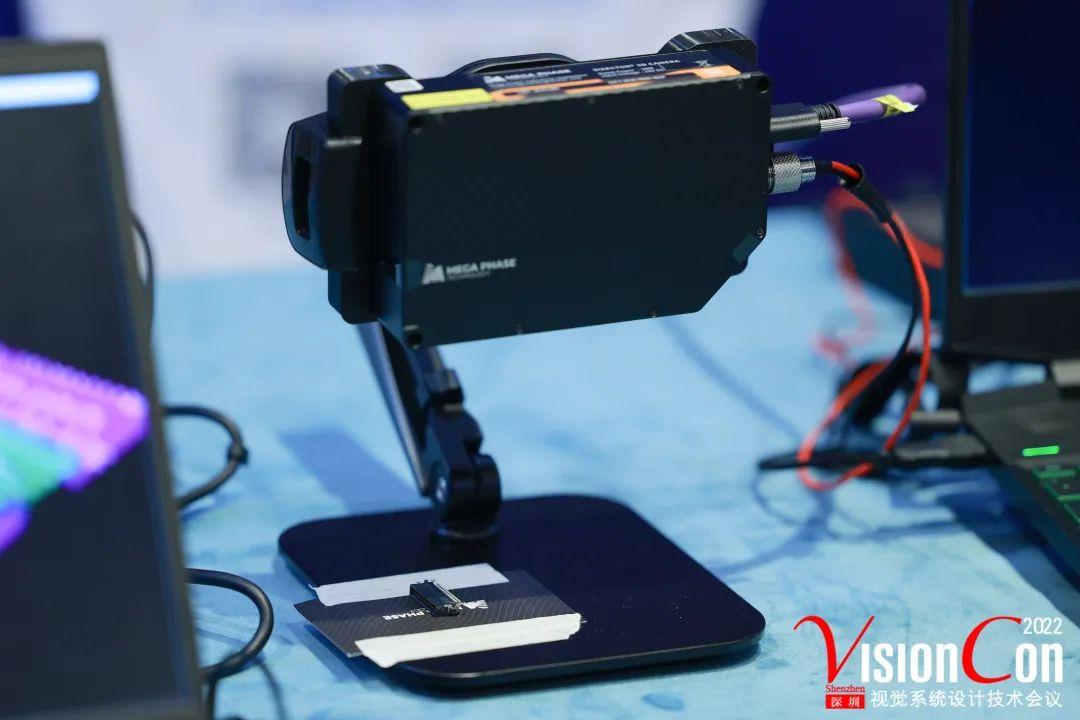
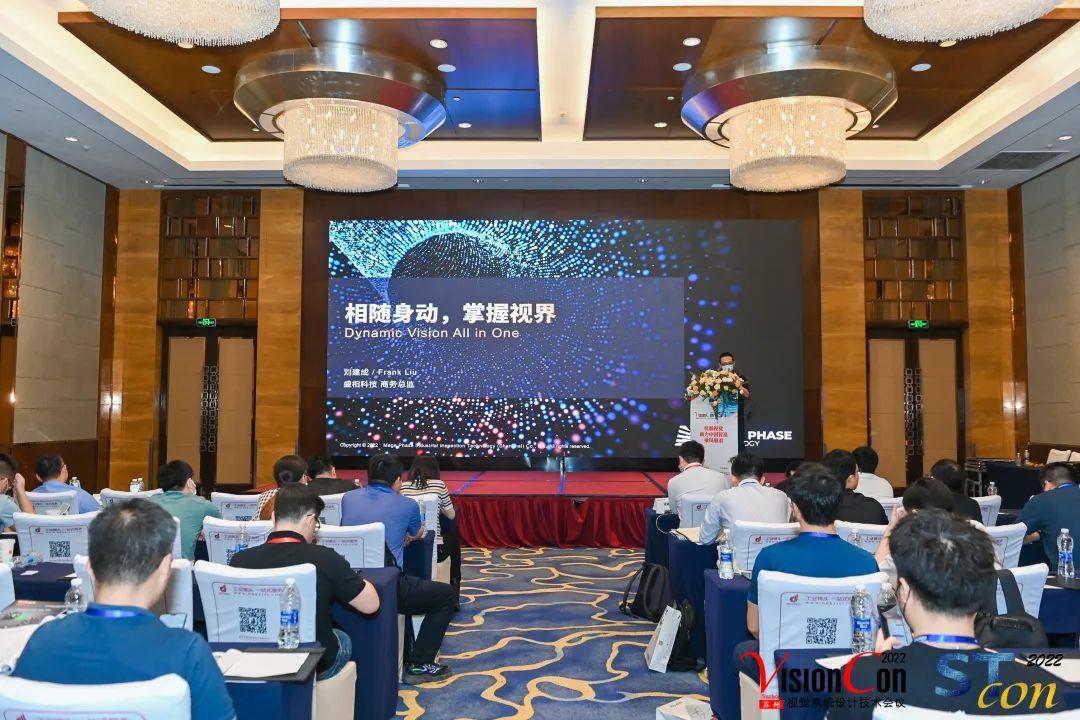
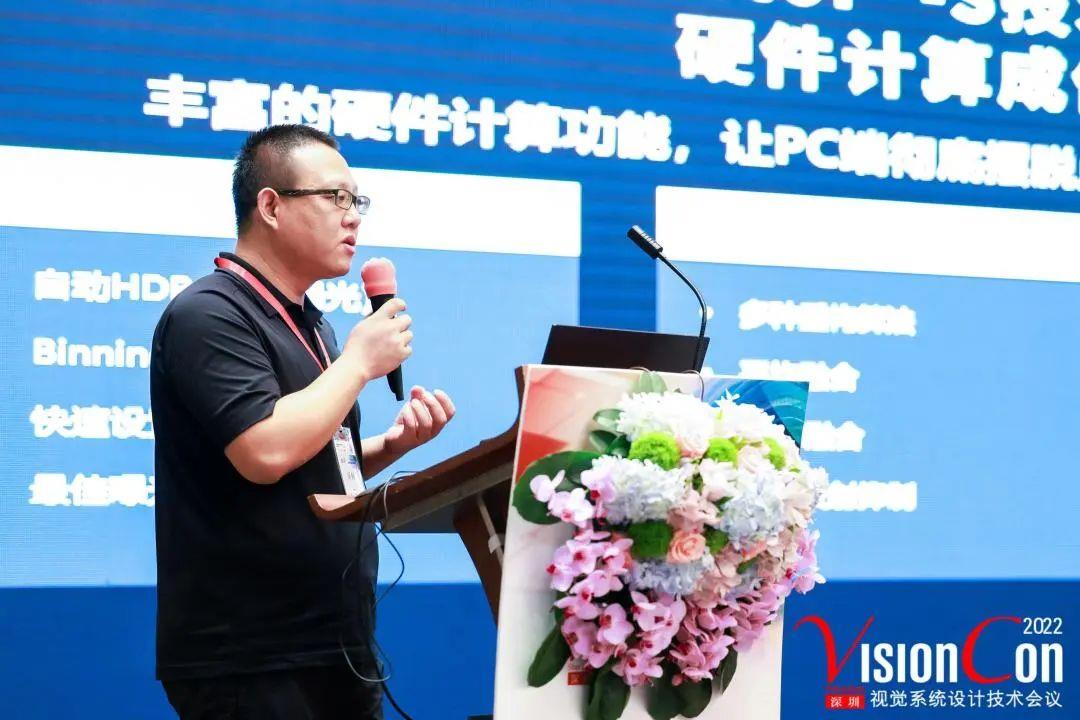
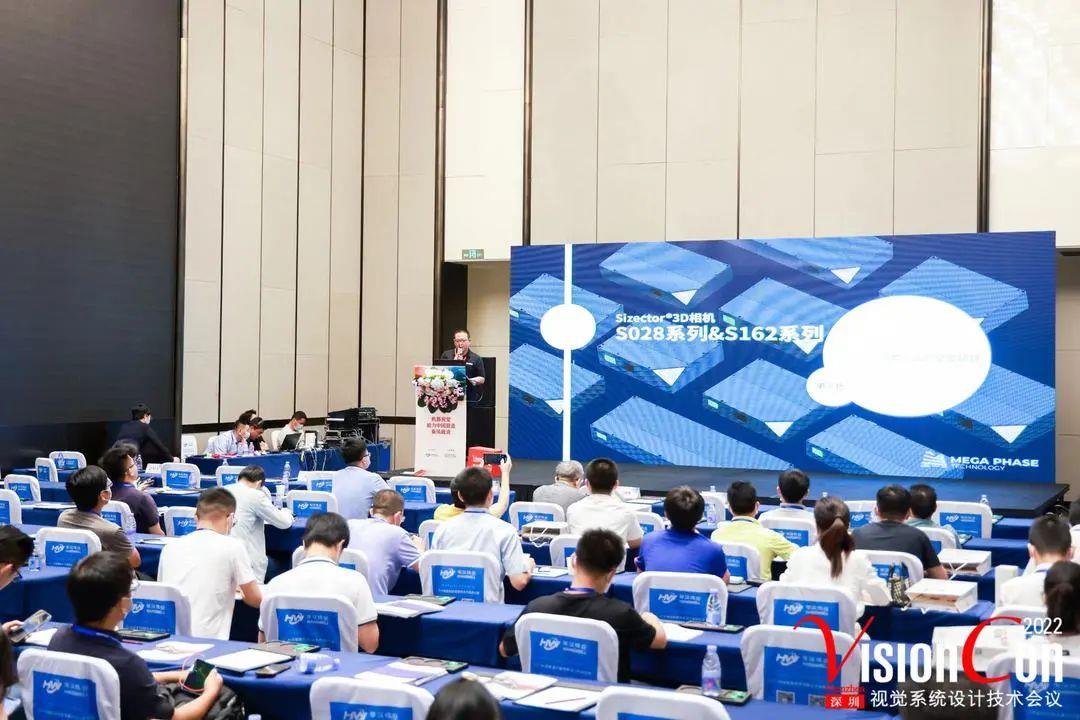
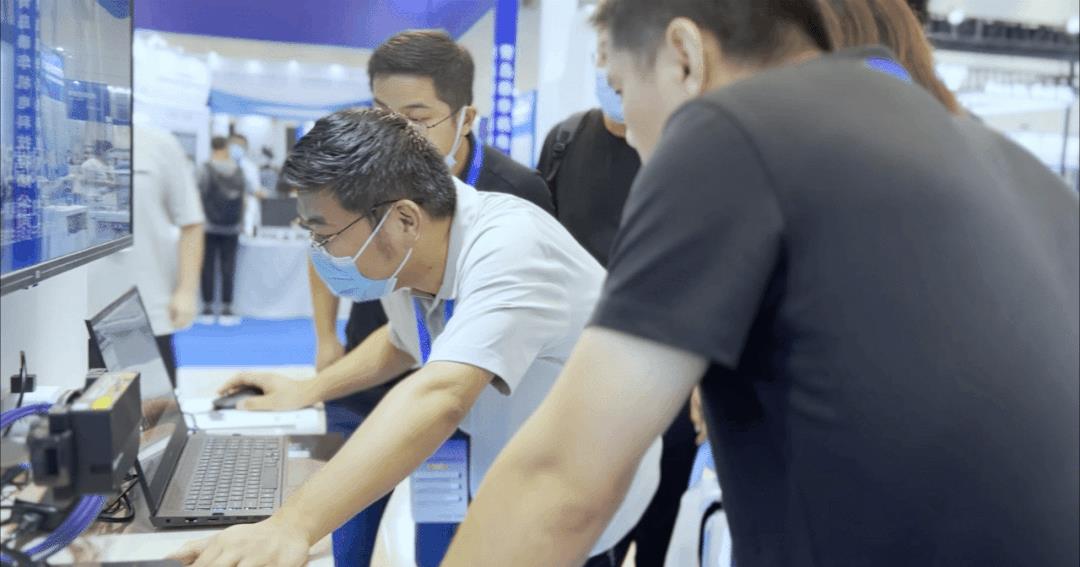
The first model of the M-series, M051040, weighs only 520g and has a volume of about 30% of HD40. Its super-small size can save valuable machine installation space, bringing great convenience to users who upgrade their existing automated production lines. Its lightweight design also makes it widely applicable to industrial robots with various loads and arm spans. By providing high-precision 3D information, M can assist industrial robots in expanding more types of industrial applications.
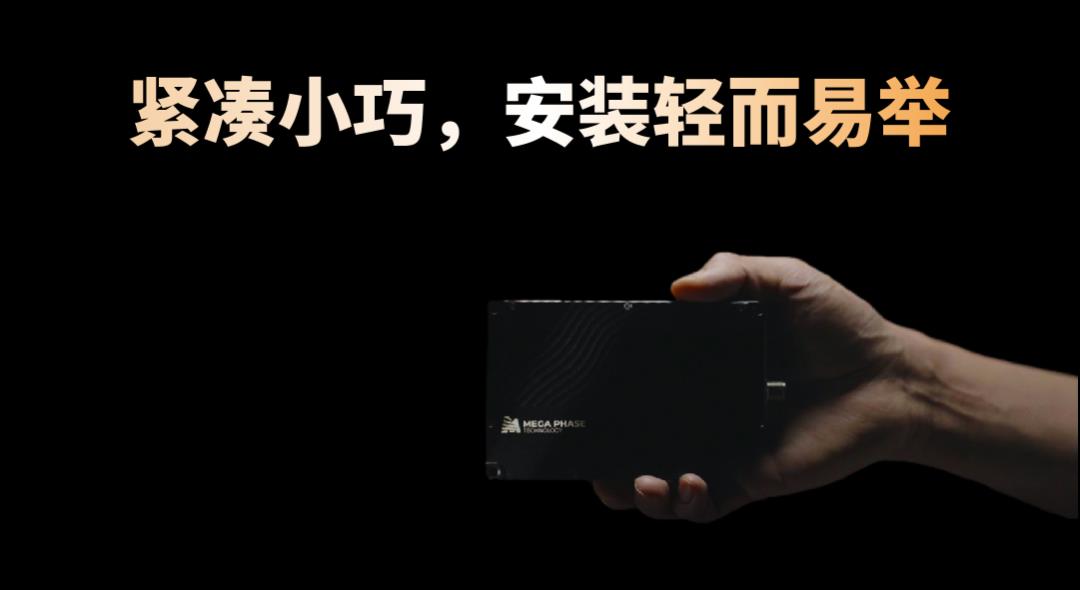
The M-series inherits the legacy of its predecessor, Sizector?3D camera, and adopts Hardware Computation Imaging Technology. It can achieve camera shooting control, point cloud reconstruction, and point cloud processing at the camera end, directly outputting high-quality 3D point cloud data. Paired with a simple-configured mini host, it can easily realize 3D online inspection, saving valuable computing resources for users. Users can concentrate limited computing power on application software development and application, thereby reducing the overall cost of the 3D vision system.
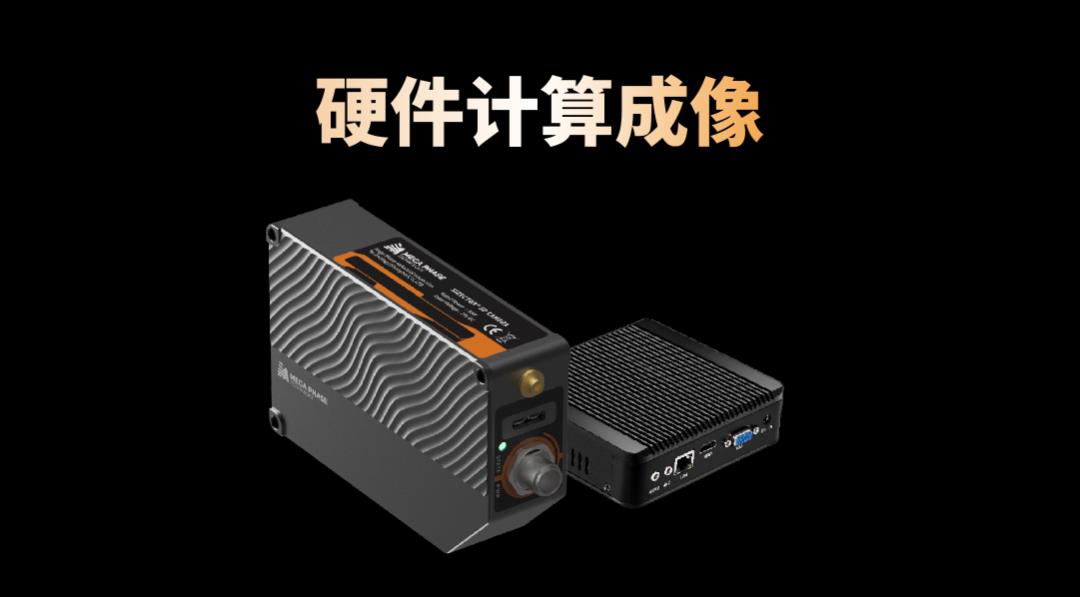
The M-series shares the SDK with the Sizector?-S technology platform, which allows existing users to operate it directly with ease when adapting to multiple Sizector?3D camera models for different projects. The embedded 3D vision measurement module can be called directly for project evaluation and simple 3D inspection/measurement, without the need for separate development.
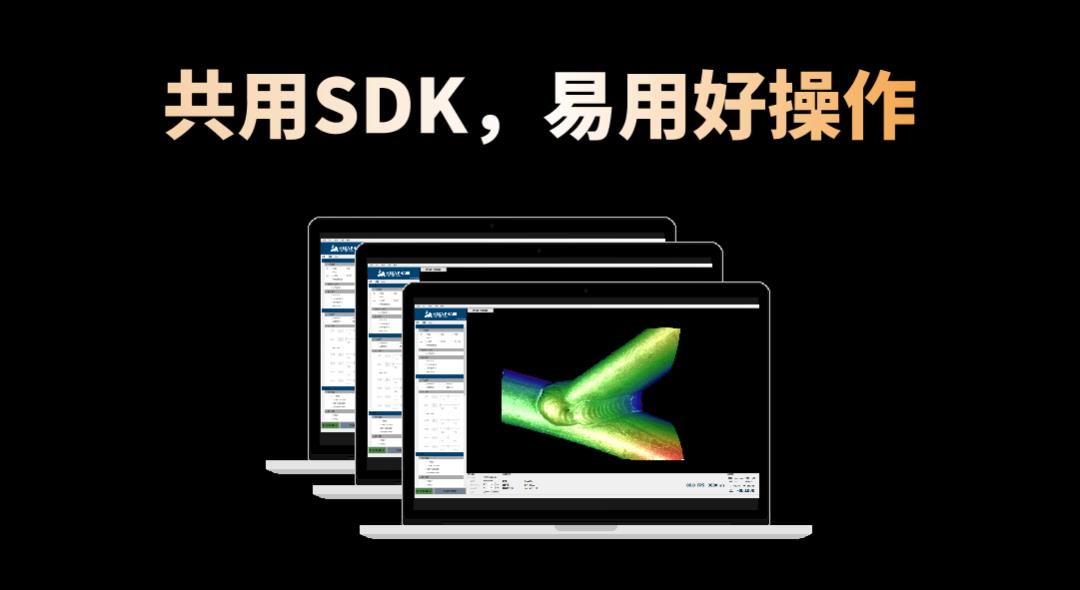
In striving for high-precision 3D visual inspection, users are often forced to sacrifice certain performance requirements due to the overall project cost. The M-series' exceptional cost-effectiveness allows users to overcome cost restrictions in similar situations, enabling smooth, reliable, and highly competitive 3D vision projects.
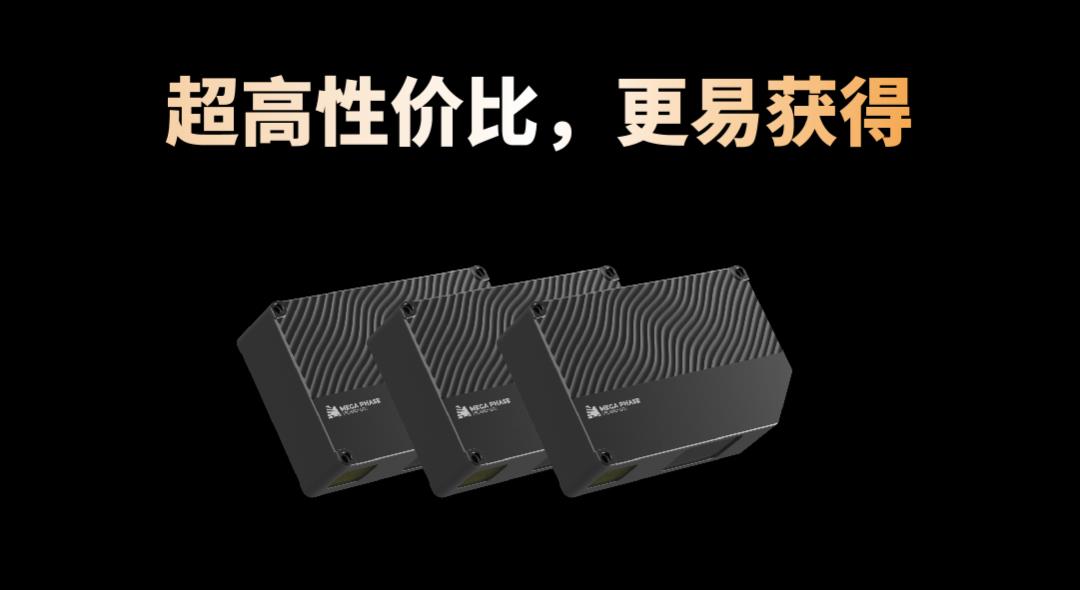
The M-series meets the flexible manufacturing requirements of modern industry and performs well in the vast majority of industrial 3D vision applications, such as online inspection, 2D + 3D inspection, positioning, guidance, and gripping. Its user-friendly advantages in terms of performance, functionality, appearance, and cost make it particularly suited to the transformation and technological upgrading of automated production lines. We are excited about the M-series' outstanding performance in various industrial applications, and look forward to its contribution to expanding industrial 3D vision applications and creating value in various fields.

